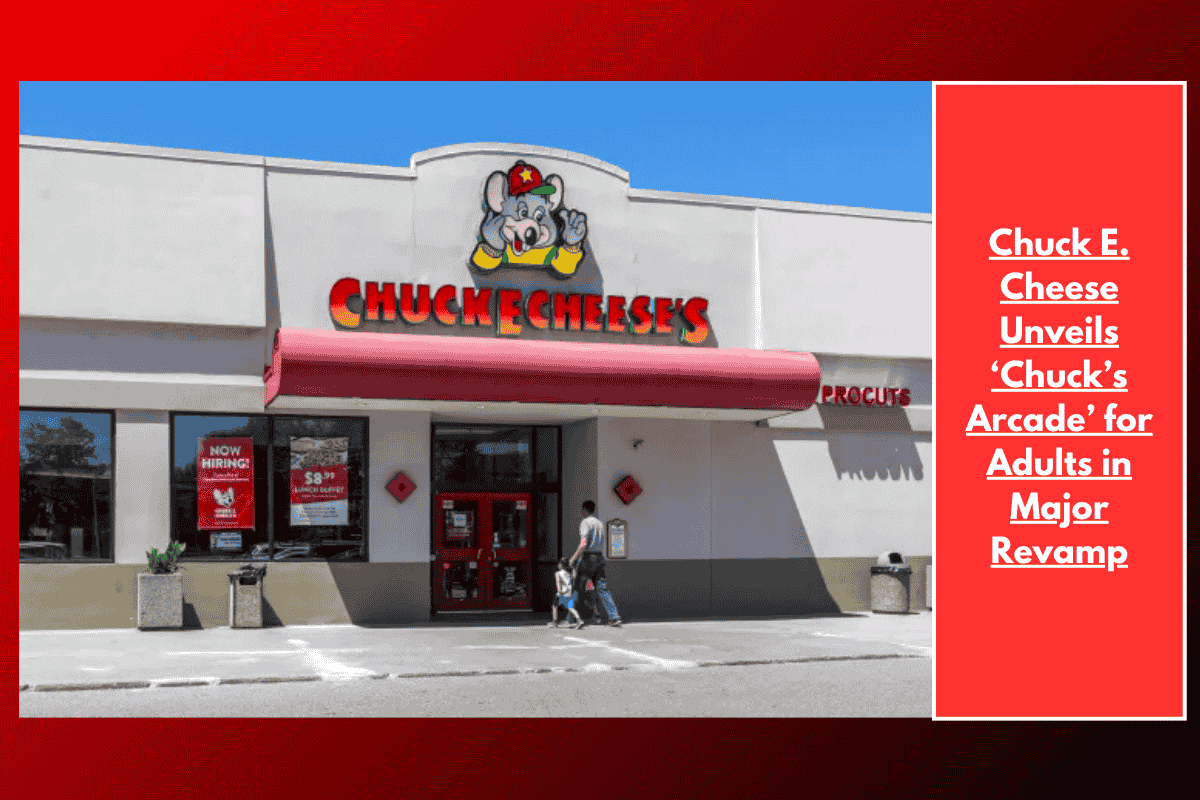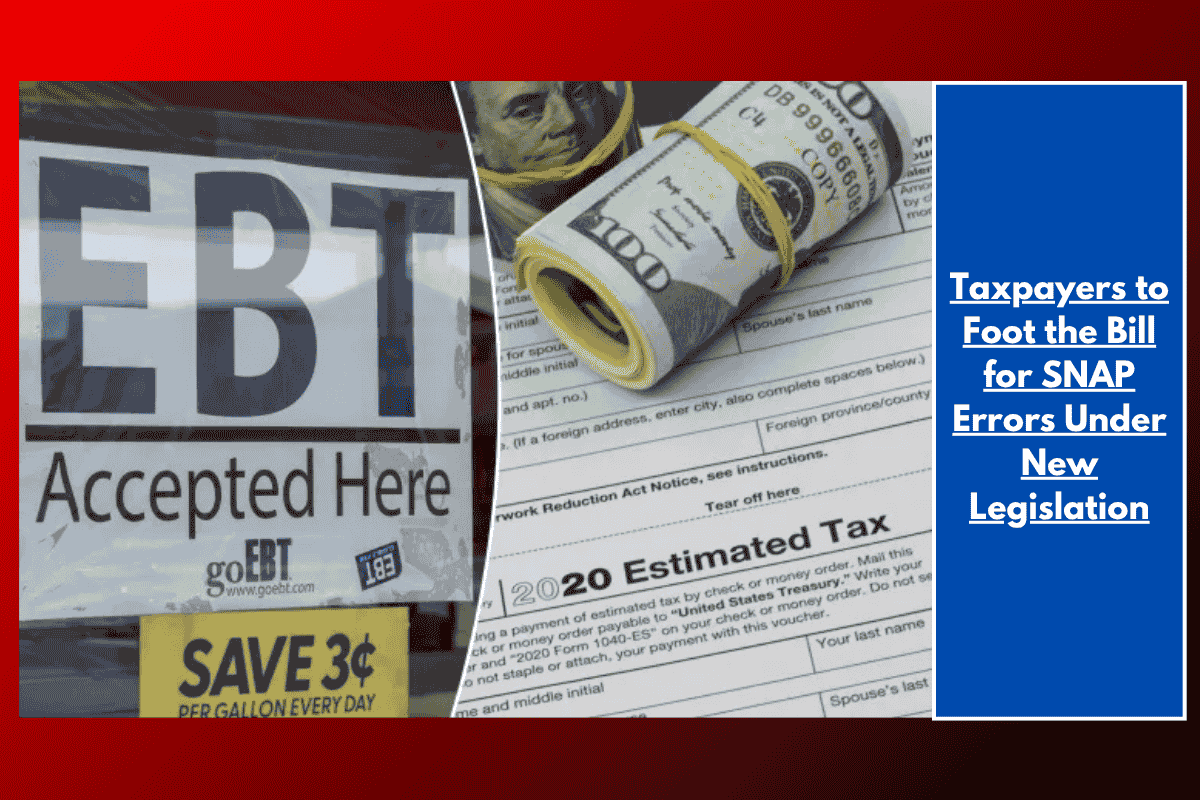Retail credit card users from four major brands are facing a financial crisis as interest rates on their cards have skyrocketed to a staggering 30.45%. This sharp increase in rates has made it much harder for consumers to pay off their balances, leading to rising bankruptcy filings.
The Rise in Interest Rates
Retail credit cards have traditionally come with higher interest rates compared to general-purpose credit cards, as they often serve customers with lower credit scores who are seen as riskier by banks. However, recent changes have pushed these rates to unprecedented levels. The increase in interest rates follows a shift in banking strategies, where banks raised rates in anticipation of a rule by the Consumer Financial Protection Bureau (CFPB) to cap late fees. When that rule was delayed and never implemented, retail credit card companies did not reverse the rate hikes, leaving consumers stuck with record-high interest rates.
According to reports, between 2023 and 2024, the number of bankruptcy filings that included retail credit card debt rose by 12%, compared to a smaller increase of 5% in total bankruptcy cases. This significant rise highlights how challenging it is for consumers to keep up with their retail credit card bills, which are now loaded with hefty interest charges and late fees.
Why the Rates Are So High
The steep interest rates for retail credit cards are partly a result of the high-risk profile of the typical customer. Since these cards are often extended to individuals with lower credit scores, banks consider them more likely to default on payments. Retail credit card companies, therefore, charge higher interest rates to compensate for the risk they take on by lending to these customers.
The Impact on Consumers
Consumers who carry balances on their retail credit cards are feeling the weight of these high interest rates, which now average 30.45%. Not only are they paying more in interest, but late fees and other additional charges—such as fees for paper statements—are making it even harder to pay off their debts. These factors combined are pushing more people toward bankruptcy.
Industry Response and Financial Tools
The Consumer Bankers Association, an industry trade group, defended the role of retail credit cards, claiming that they help consumers manage everyday expenses and build credit. They also pointed out that consumers have access to various options like balance transfers and hardship assistance to help ease their financial burden. However, the reality for many consumers is that these cards are becoming a trap, with exorbitant interest rates and fees making it nearly impossible to get out of debt.
The Credit Card Late Fee Rule and Its Aftermath
The CFPB had initially planned to implement a rule that would limit credit card late fees to just $8, a drastic reduction from the previous $32 fee. However, after a federal court ruling, the rule was never put into effect. In response to this, major credit card companies, including Bread Financial, Synchrony, Capital One, and Citigroup, raised interest rates by as much as 36%, further complicating the financial situation for retail credit card holders.
Growing Financial Struggles for Retail Credit Card Holders
The sharp rise in retail credit card interest rates, along with the added burden of late fees and other charges, is pushing many consumers into financial distress. With bankruptcy filings on the rise and more people struggling to manage their debt, the retail credit card market is becoming an increasingly challenging landscape for consumers. Experts warn that the combination of high interest rates, limited financial options, and mounting fees could lead to even more severe consequences for borrowers in the future.














